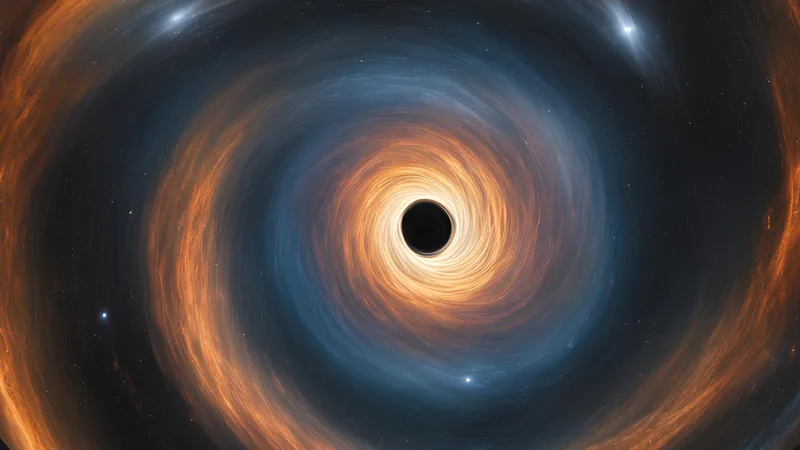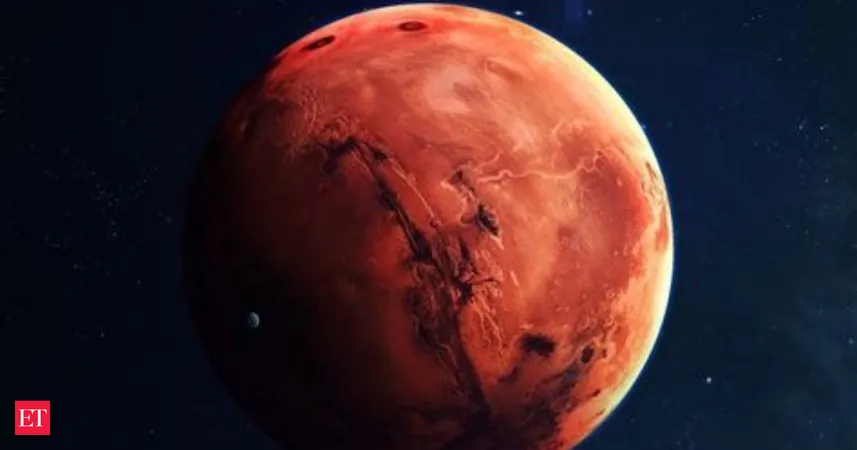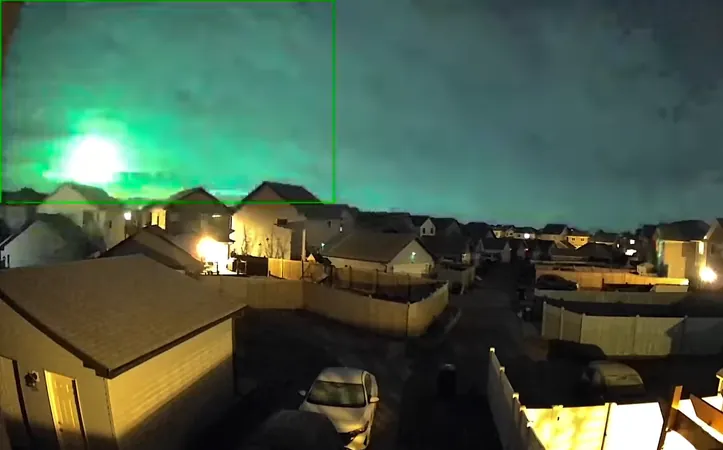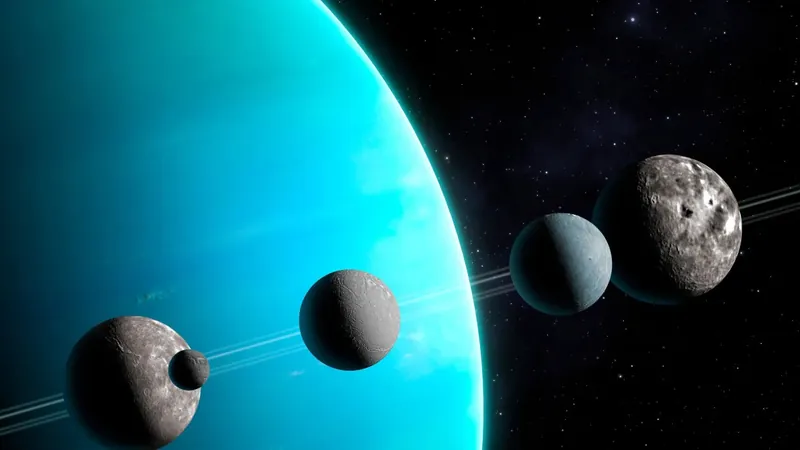
Can Supermassive Black Holes Really Dance? Discovering the Wobbling Secrets of Accretion Disks!
2024-11-11
Author: Emily
Introduction
Supermassive black holes, often found at the centers of massive galaxies, have long fascinated astronomers due to their immense power and mysterious behavior. One of the most striking aspects of these cosmic giants is how they interact with their environment, particularly through their accretion disks—flattened clouds of gas and dust that swirl chaotically around them. As these black holes spin, they don’t just consume their surroundings; they influence the very fabric of space and time itself.
Wobbling Behavior of Accretion Disks
Recent research from the University of Tsukuba has confirmed that even the brightest accretion disks—dubbed "ultraluminous"—exhibit a peculiar wobbling motion, much like their dimmer counterparts. This process raises numerous questions about how energy is transformed in these cosmic structures and the nature of the light they emit.
Energy Transformation in Accretion Disks
When matter is drawn toward a black hole, it collides and creates friction within the accretion disk, generating an enormous amount of heat. This energy transitions into various forms including thermal, magnetic, and radiation energy, leading to the spectacular and blinding emissions we observe from Earth. Active galactic nuclei (AGNs)—the regions surrounding these black holes—are sites of incredible brightness, with some accretion disks shining so brightly that they can outshine entire galaxies.
Research Findings
A key aspect of the research focused on solving the mystery of whether ultraluminous accretion disks exhibit the same puzzling wobble seen in their less luminous siblings. The researchers conducted an extensive simulation that integrated the principles of general relativity—Einstein’s groundbreaking theory—and the dynamics of electromagnetic radiation. Remarkably, the findings confirmed that ultraluminous accretion disks indeed exhibit wobbly behaviors when subjected to the gravitational pull of their central black holes.
Gas Ejection Dynamics
This wobbling alters the direction in which gas is ejected from the accretion disk. Whereas dimmer disks eject gas around their center, ultraluminous disks show a different ejection trajectory, meaning the gas is pushed away along the outer disk’s rotational axis. This discovery offers new insights into the behavior of the plasma jets that form during this process, which can travel at nearly the speed of light and generate powerful electromagnetic emissions—spectacularly visible as “quasars” from Earth.
Implications of the Wobble
One of the most exciting implications of this wobble is its role in explaining the variability in brightness associated with ultraluminous accretion disks. This periodic change had been a source of confusion for astronomers, but the wobble may provide the needed key to understanding such phenomena.
Future Research Directions
Looking forward, the research team plans to deepen this investigation by comparing their simulation data with actual astronomical observations. They aim to determine whether the black holes at the centers of these disks are indeed spinning, which could reveal more about how these cosmic giants interact with the universe around them. This ongoing exploration has the potential to revolutionize our understanding of black hole dynamics and the energy transformation processes at play in the cosmos.
Conclusion
The universe holds many secrets, and every twist and turn of a black hole’s dance with its accretion disk deepens our understanding of the magnificent celestial mechanics at play in the star-studded expanse we call home!









 Brasil (PT)
Brasil (PT)
 Canada (EN)
Canada (EN)
 Chile (ES)
Chile (ES)
 España (ES)
España (ES)
 France (FR)
France (FR)
 Hong Kong (EN)
Hong Kong (EN)
 Italia (IT)
Italia (IT)
 日本 (JA)
日本 (JA)
 Magyarország (HU)
Magyarország (HU)
 Norge (NO)
Norge (NO)
 Polska (PL)
Polska (PL)
 Schweiz (DE)
Schweiz (DE)
 Singapore (EN)
Singapore (EN)
 Sverige (SV)
Sverige (SV)
 Suomi (FI)
Suomi (FI)
 Türkiye (TR)
Türkiye (TR)